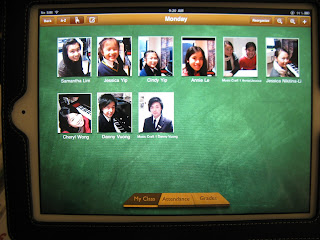 General Knowledge:
General Knowledge: I printed out on yellow paper the most common questions asked by AMEB examiners on piano examination day. I cut them in the shape of stars. When it's time for general knowledge during a lesson, I ask the student to select a star and answer the question printed on the star. Depending on time, the aim is to answer all 18 questions correctly. I also place transparency paper over the top of the students sheet music and ask student to mark the form and all modulations using whiteboard markers (Crayola Dry Erase is the best!!).
 Technical Work:
Technical Work: I divided all the exam technical work (AMEB) for each grade into groups (A, B, C, D etc...) and printed them out on colored paper and laminated it. Each week I choose a group to check. For example, this week was group B, next week will be group C etc... Over a period of 1 month, all technical work is checked. I make a note of which technical work a student is having trouble with and check that one each week until it's fixed. I set many challenges with these problem scales such as:
1. Play the scale from memory once correctly.
2. Be able to play the scale in contrary motion
3. Play a four octave version of this scale.
4. Play the scale that covers the entire keyboard.
5. Play the scale three times in a row without error.
6. Play the scale 10 times in a row without error,
7. Play the scale 25 times correctly within a 3 minute time limit.
8. Play the scale for 3 minutes continuously without a single mistake.
9. Play the scale in front of a total of six different people.
10. Start the lesson with this scale , no mistakes, first attempt.
11. Play the scale super-slow with no mistakes at 60bpm, 4 beats per note.
12. Commentate the scale by describing the notes and fingering of the entire scale without actually playing it.
13. Play the scale in splat cluster.
14. Play the scale with eyes closed.
15. Play the scale on a tabletop.
16. To play a piece in the key of the scale in question.
17. Collect 250 octaves of this scale.
I have plenty more such as playing scales in various rhythms, articulations, dynamics, ratio, balance, interval, contrary and cacophony of other twists.








































